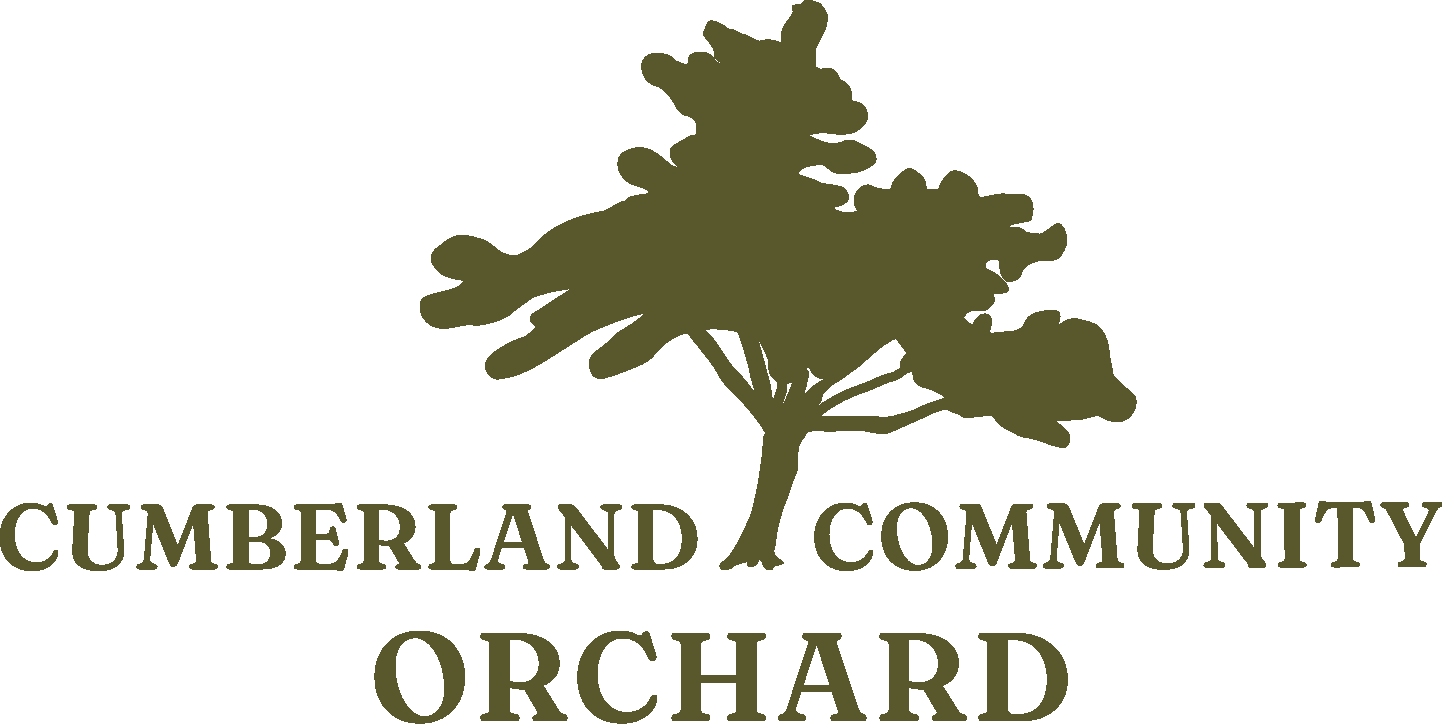Chestnuts
Chestnuts are a nutritious, sustainable crop that supports biodiversity and soil health
American Chestnut
Castanea dentata Up to 100'
Before 1900 American chestnut was one of the most important deciduous trees in the eastern U.S. The arrow-straight rot-resistant wood was used for everything from mine timbers to musical instruments. Delicious sweet nuts were an important food for wildlife and humans.
Chestnut blight, an Asian fungus Cryphonectria parasitica, showed up in Brooklyn, NY in 1904; within 50 years it killed virtually every chestnut tree in the eastern U.S. The blight does not kill the roots however, and rare stands of mature trees can still be found.
In July 2015, the tallest American chestnut in North America was discovered right here in Lovell, Maine by researchers who spotted the profuse white blossoms from the air.
These trees are not immune but are likely to thrive in a suitable site for 10-30 years without blight. Fast growing and straight trunked with a wide-branching magnificent rounded crown. Fragrant white blooms in July. Ribbed sharp-toothed lustrous dark green foliage. Yellow fall color.
Prefers loamy well-drained acidic soil and full sun. Two or more needed for pollination but will cross-pollinate with Asian, European and hybrid chestnuts. Precocious, bearing heavy crops of nuts in 10 years.
American Chinquapin Chestnut
Castanea pumila 15-30' x 10-20' Also called Allegheny Chinquapin and Dwarf Chestnut.
Smaller in stature than the American or Chinese chestnuts, but with similar lustrous dark green toothed leaves and long pale yellow spiky flowers. Prickly 1–1½" burs each house a single glossy brown nut, savored by many birds and mammals. The sweet nuts are edible for humans, though labor-intensive to harvest. Once an important food for indigenous peoples. Forms a small tree or big multi-stemmed thicket-forming shrub with horizontally spreading lower branches and upright climbing top branches. Densely grained, strong but light wood is used for fence posts and fuel.
Somewhat resistant to chestnut blight, and can often survive infections. Prefers well-drained soil; pH adaptable. Full sun to partial shade. Monoecious, so plant two or more for pollination. May hybridize with other Castanea species. Native to much of central and eastern U.S. but scattered and becoming rare in the wild. Z4.


